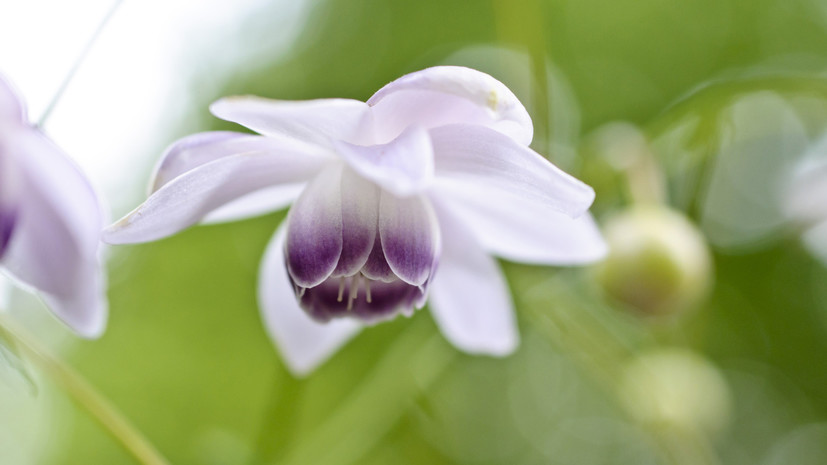Scientists from the Central Siberian Botanical Garden SB RAS (Novosibirsk), Institute of Chemical Biology and Fundamental Medicine SB RAS (Novosibirsk), Botanical Institute named after V.L. Komarova RAS (St. Petersburg), together with foreign colleagues, studied the chemical composition of a garden ornamental plant - large-leaved anemoneopsis. The authors of the work found that the perennial can be used as a valuable raw material for pharmaceutical needs. The press service of the Russian Science Foundation reported this to RT. The study was supported by a grant from the foundation. The results were published in the International Journal of Molecular Sciences.
Large-leaved anemoneopsis (Anemonopsis macrophylla) is a small ornamental plant with white-pink flowers, found in the wild in Japan. In Russia and other countries, the rather unpretentious anemopsis is grown for decorative purposes. The plant was first described by biologists back in 1845, but its chemical composition remained unstudied. There were only guesses that the plant, like many representatives of the ranunculaceae family (raven, spring grass and others), may contain substances in its leaves and flowers that can be used in pharmaceuticals.
Administrative building of the Central Siberian Botanical Garden of the Siberian Branch of the Russian Academy of Sciences (CSBS SB RAS)
RIA News
The authors of the work analyzed the chemical composition of plants collected in Japan, as well as grown in the Central Siberian Botanical Garden of the Siberian Branch of the Russian Academy of Sciences.
It turned out that anemopsis contains more than 100 chemical compounds, many of which have biological activity. Almost a third of them turned out to be flavonoids - natural dyes, among which there are compounds with antibacterial, anticancer and antiviral activity. About 20% of all substances obtained are phenolic acids - organic compounds that protect plant cells from oxidation. In medicine, such compounds are included in anti-inflammatory and antitumor agents, as well as antiseptics.
In addition, scientists have identified 16 coumarins, aromatic substances used in the production of perfumes. Some natural coumarins, in addition to their pleasant smell, have anti-inflammatory activity.
As biologists note, large-leaved anemopsis can become a valuable raw material for the production of a number of medicinal compounds. The plant can be grown artificially in industrial quantities.
“Anemonopsis macrophylla can be considered as a promising producer plant and artificially grown for production purposes. In the future, we plan to study and compare the chemical composition of plants closely related to anemoneopsis and identify the best producers of biologically active substances, including compounds rarely found in the plant world, such as chromones and furocoumarins,” the project leader, Candidate of Biological Sciences, senior researcher told RT employee of the Central Siberian Botanical Garden SB RAS Andrey Erst.

